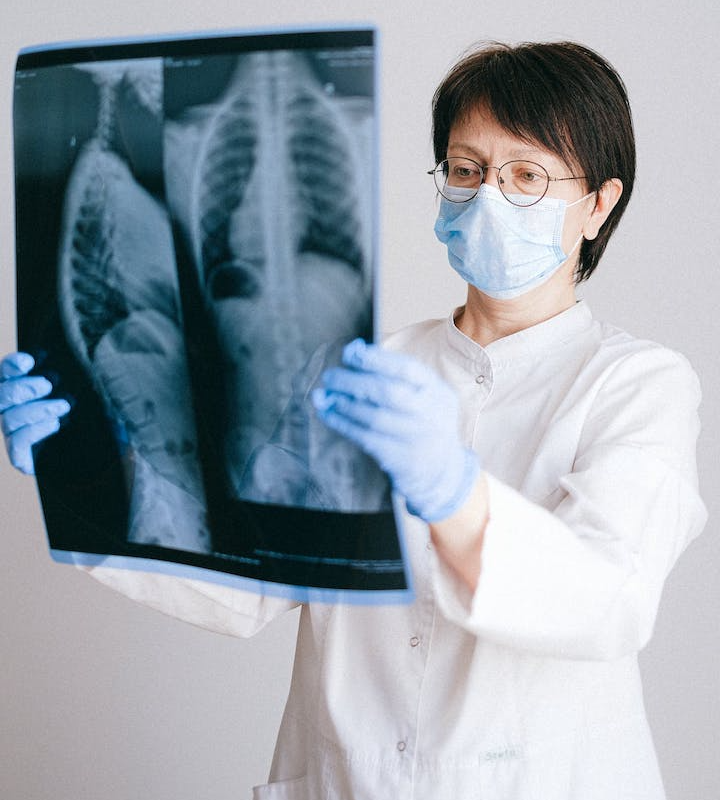
Our Products, Solutions and Services
Clarion Analytics, Australia and EDETEK Inc., USA through a partnership, offer in Australian and other Asia and the Pacific Regional markets, Clarion-EDETEK Health and Lifesciences Digitisation and an end-to-end Clinical Trials Automation platform capabilities. The product and its associated Clinical Trails Services have been now released to the market.
Both Clarion and EDETEK teams operate as a seamless group in supporting Clinical Trials in Australia catering to small to large clinical trials initiatives. EDETEK platform has been widely used in USA across Biopharma and Clinical Trails Groups across a variety of Clinical Trails. EDETEK provides comprehensive business and technical solutions to advance the science of medicine and improve the quality of life of people around the world.
EDETEK’s clinical platforms CONFORM™ eClinical and CONFORM™ Informatics provides data engineering and business analytics needs. Bioinformatics Services are offered from whole of digitization, clinical trials to data analysis and visualization.
Our Areas of Focus
We primarily focus on Predictive Preventive Personalised Healthcare (PPPH) – a healthcare service delivery model that aims to provide more efficient prevention and treatment strategies by tailoring them to everyone’s clinical, genomic, epigenomic, proteomic, and environmental profile.
This model is based on the concept of precision medicine (PM), which is an evolution of contemporary medical practice towards more efficient prevention and treatment strategies. PM can also be defined as a predictive, preventive, personalized, and participatory healthcare service delivery model – The PPPH Model.

The PPPH Model

Designed to provide expert viewpoints and research on medical innovations and advanced healthcare using predictive diagnostics, targeted preventive measures, and personalised patient treatments, The PPPH model is expected to make care more viable and sustainable by taking preventive measures for the control of health and diagnosing and treating patients with a personalised focus in the early stages of the illness.
Decade ago, the proposition that healthcare is evolving from reactive disease care to care that is predictive, preventive, personalised and participatory was regarded as highly speculative. Today, the core elements of that vision are widely accepted and have been articulated in a series of recent reports by the US Institute of Medicine. Systems approaches to biology and medicine are now beginning to provide patients, consumers, and physicians with personalized information about everyone’s unique health experience of both health and disease at the molecular, cellular and organ levels. This information will make disease care radically more cost effective by personalising care to each person’s unique biology and by treating the causes rather than the symptoms of disease. It will also provide the basis for concrete action by consumers to improve their health as they observe the impact of lifestyle decisions. Working together in digitally powered familial and affinity networks, consumers will be able to reduce the incidence of the complex chronic diseases that currently account for 75% of disease-care costs.
Machine Learning and Artificial intelligence and disease prediction
Machine Learning (ML) and Artificial intelligence (AI) has been widely studied and applied for public health surveillance to predict disease outbreak and evaluate disease surveillance tools. AI-driven health interventions fit into four categories relevant to global health researchers: (i) diagnosis, (ii) patient morbidity or mortality risk assessment, (iii) disease outbreak prediction and surveillance, and (iv) health policy and planning.
Approaches based on expert planning and household survey data have been developed to optimise community health-worker visit schedules. Additionally, AI methods aimed at informing program planning efforts within facilities have been evaluated in low and middle-income settings, including forecasting the number of outpatient visits at urban hospitals and the length of health retention. Machine learning and data mining have been also used to estimate road safety, helmet use and predict road injury severity.
The identification of the determinants of a disease at the population level is a prerequisite to predict and prevent its occurrence in the single individual, providing the rationale for targeted and specific treatment. The availability of big data clouds would help the design of public health interventions to be compared through clinical trials with the aim to develop effective standardized protocols. This would be of major importance in the health surveillance at the occupational level. AI-based screening programs have been implemented for early polyps and colorectal cancer detection, diabetic retinopathy, atrial fibrillation, chronic obstructive pulmonary disease (COPD), low back pain, among a high variety of diseases.
Services Offering including Artificial Intelligence and Machine Learning can be found at: (https://clarionanalytics.com.au/artificial-intelligence machine-learning-deep-consulting-strategy-services/) Internet of Things (IoT) (https://clarionanalytics.com.au/industrial-internet-of-things-iot-strategy consulting-services/)

Technology alone is not sufficient to meet the challenge of deciphering biological complexity.

